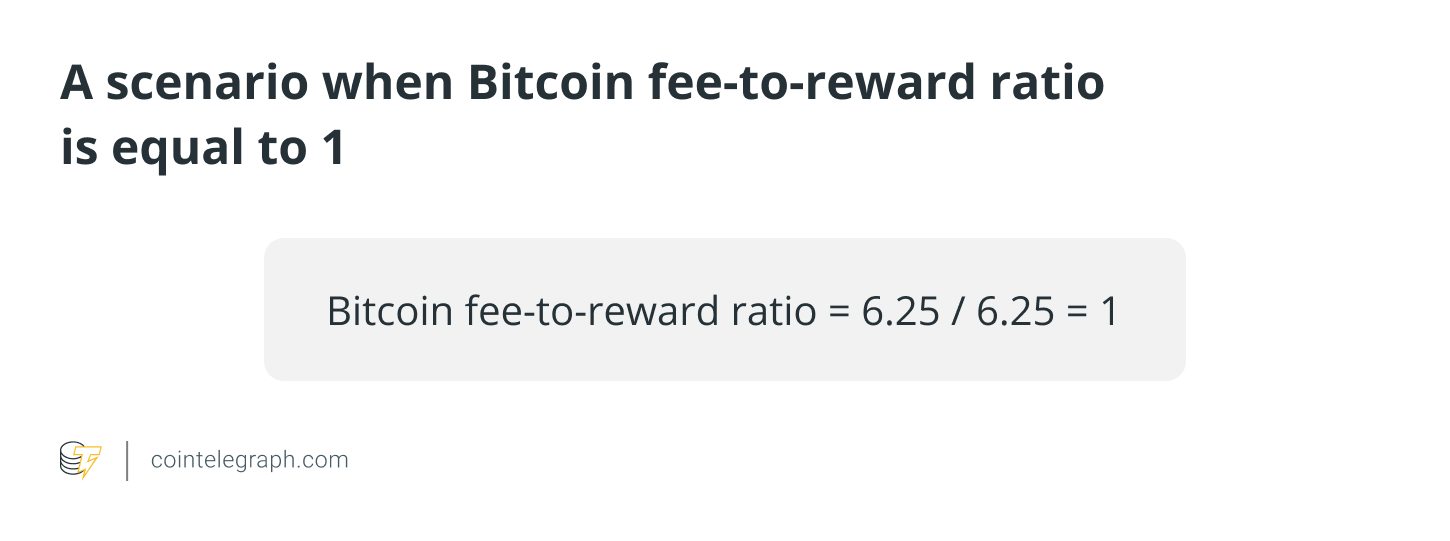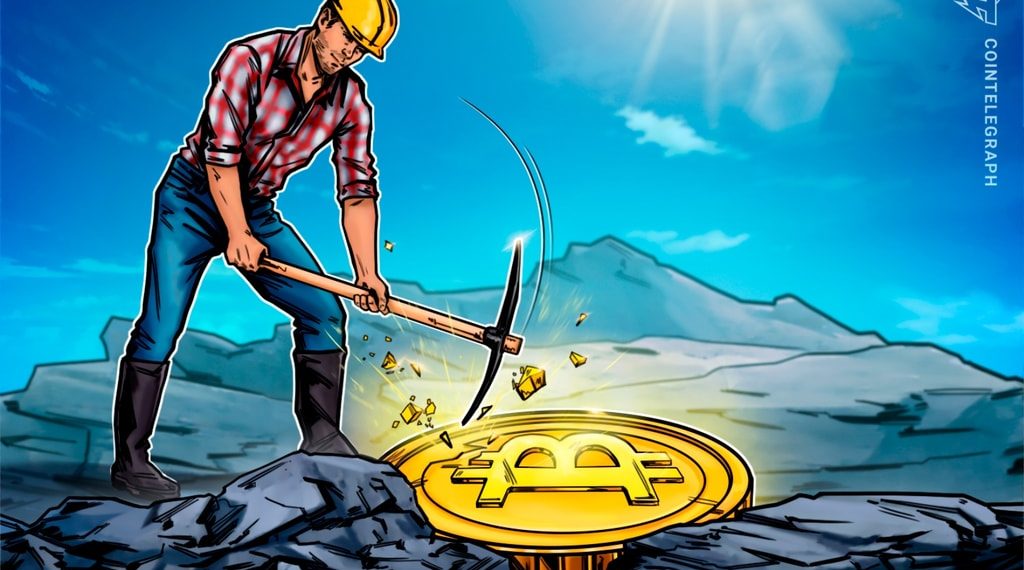The Bitcoin fee-to-reward ratio represents the proportion of total block rewards from transaction fees paid by users in the Bitcoin network.
Transaction fees allow users to offer compensation to miners to encourage the inclusion of their Bitcoin (BTC) transactions in a block. To increase their profits, miners frequently prioritize transactions with higher fees. However, the fee amount may vary depending on variables, including network congestion and the size of a user’s transaction in bytes.
By resolving challenging mathematical riddles to validate transactions and secure the network, miners play a critical role in the Bitcoin network. Miners receive newly created BTC (block reward, often referred to as block subsidy) and any fees from the transactions they include in the blocks as a reward for their work.
To retain their income, miners increasingly rely on transaction fees as the block subsidy diminishes over time due to halvings. As Bitcoin gets closer to reaching its maximum supply of 21 million coins, this dynamic is anticipated to persist.
Here’s how to calculate the Bitcoin fee-to-reward ratio:

To understand what this ratio indicates, consider three scenarios where the Bitcoin fee-to-reward ratio is greater than 1, equal to 1 and less than 1.
Bitcoin fee-to-reward ratio greater than 1
Consider a scenario in which users transact often, the block reward is 6.25 BTC, and there is a huge demand for block space. In this situation, users are prepared to pay higher fees to validate their transactions more promptly. Let’s assume miners received 7 BTC in transaction fees for the included transactions in the block.

In this case, the fee-to-reward ratio is greater than 1 (1.12), demonstrating that the total miner fees earned are greater than the block reward. When users want their transactions to be confirmed quickly, a situation like this arises since transaction fee bidding is competitive.
Bitcoin fee-to-reward ratio equal to 1
Let’s now explore a case in which the block reward and the total amount of transaction fees miners earn for including transactions in the block are the same. Assume the total fees collected are 6.25 BTC, using the same block reward of 6.25 BTC.

In this case, fees and the block reward contribute equally to the miner’s revenue.
Bitcoin fee-to-reward ratio less than 1
Now imagine that there is less demand for transactions on the network and that users are unwilling to pay high fees to validate their transactions. Assume that miners have received 4 BTC in transaction fees, but the block reward is still 6.25 BTC.

In this case, the fee-to-reward ratio is 0.64, suggesting that the block reward is greater than the sum of transaction fees collected by miners. This might occur when there are fewer transactions in the mempool, lower network congestion or when users aren’t vying as hard to add their transactions to the next block.
Read the full article here








